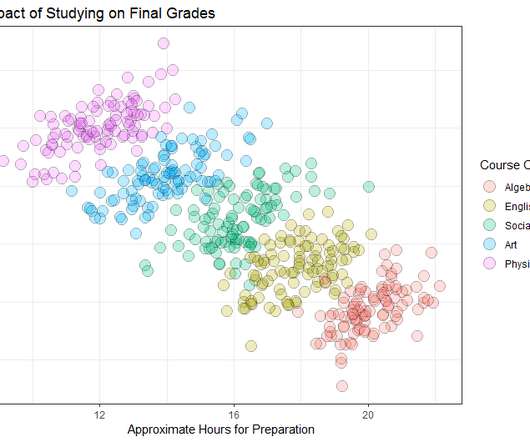Understanding Simpson’s Paradox to Avoid Faulty Conclusions
Sisense
JANUARY 21, 2020
Everyone wants to get more out of their data, but how exactly to do that can leave you scratching your head. One of the simplest ways to start exploring your data is to aggregate the metrics you are interested in by their relevant dimensions. How can good data lead to faulty conclusions? How does this happen? 9/10 = 90%.












Let's personalize your content